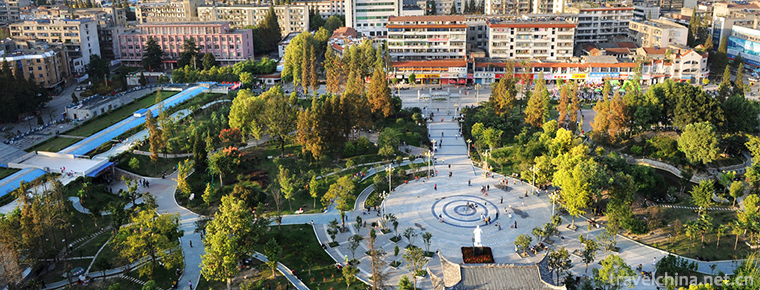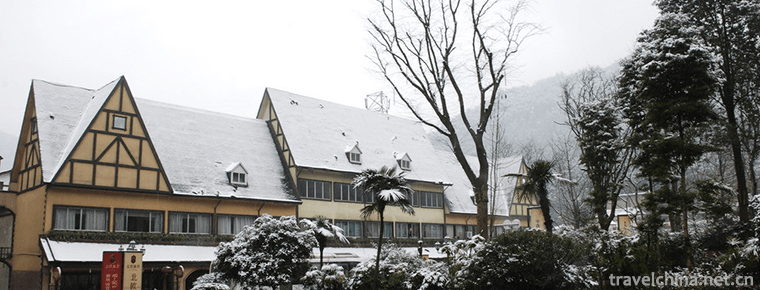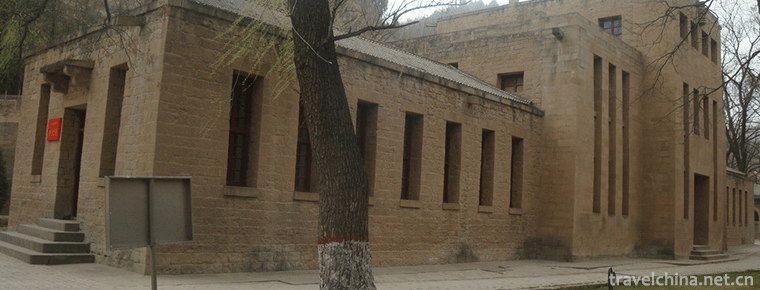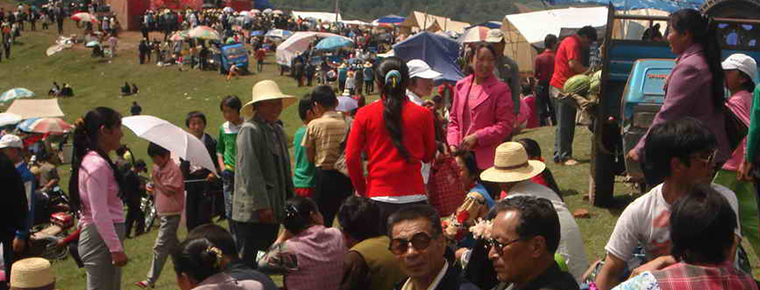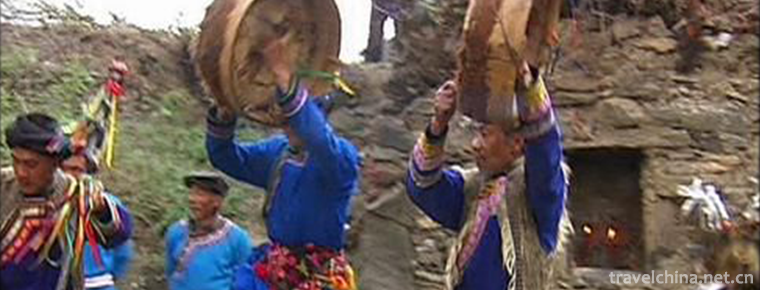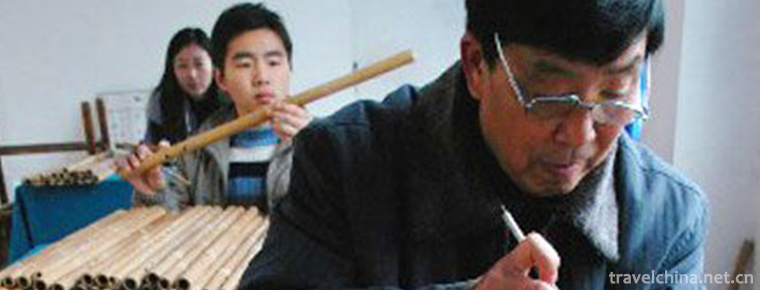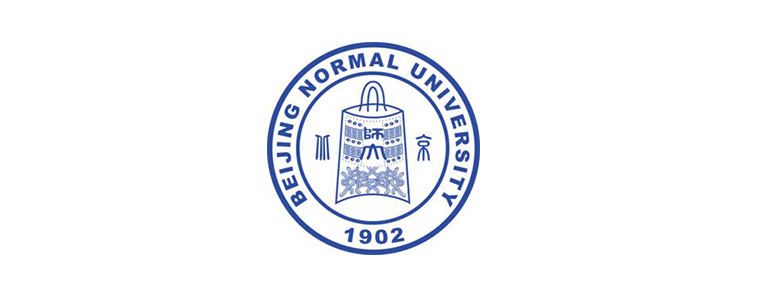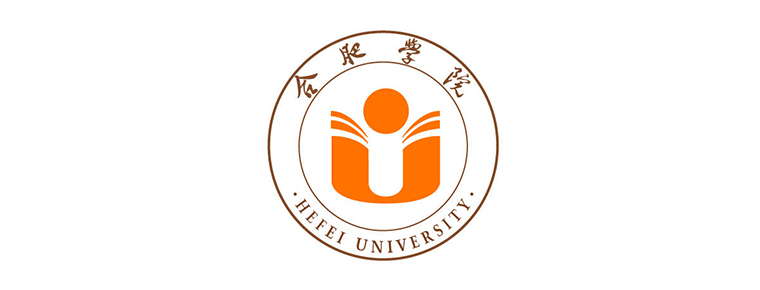Ewenki Folk Songs
Ewenki Folk Songs
Ewenki folk songs are beautiful and beautiful, with unique style. People are improvised and sing improvised lyrics. Pastoral songs and hunting songs show the brave and simple character of the Ewenki people, and the dance steps of "Nugile" are unique, vigorous and strong, and the rhythm is strong. "Zandalege" is the general name of Ewenki folk songs and minor songs. The free and stretching melody is full of rich mountain breath. The clear and open melody will delineate the eulogies of Ewenki people to their homeland as fresh and moving as the sparkling waves on the lake.
In June 2008, the Ewenki folk songs declared by the Ewenki Autonomous Banner of Inner Mongolia Autonomous Region were listed in the second batch of national intangible cultural heritage list with the approval of the State Council.
historical origin
The development of Ewenki literature can be divided into three periods. The first period is ancient literature, which mainly includes the natural origin of oral transmission, shaman myths and legends, shaman gods, incantations and prayers. The second period is modern literature, which mainly includes about clan ancestor heroes, customs, legends, fables, jokes, love songs, nursery songs, proverbs and riddles. The third period is modern literature, mainly including new folk songs and mass literary creation activities.
artistic characteristics
Ewenki folk songs have the characteristics of broad and lyric. Their structure is square and symmetrical. They are mostly composed of upper and lower sentences, or consist of continuous repetition or change of single phrases. Ewenki folk songs use both ancient tri-tone series and pentatonic scales. Ewenki folk song lyrics often use alliteration, more linings, Lyric long tune, often like to use nasal singing, so that emotional expression meticulous.
Ewenki people like singing. Their folk songs are bold and unconstrained, full of grassland and forest flavor. It is characterized by impromptu sentiment and impromptu word filling. There are many songs that they use the same tune and fill in different words on different occasions to express their feelings of joy, anger and sorrow. The melodious and unrestrained melody reflects the broad mind and servant character of Ewenki people living in forests and grasslands. Their folk songs, both songs and poems, are expressed by singing. They have long and short lines, several lines and dozens of lines. Most of the short ones are Lyric songs, which are more called storytelling songs. Folk songs are beautiful and beautiful, with unique style, namely scenery, emotion and lyrics. Especially the pastoral songs and hunting songs show the brave and simple character of the Ewenki people.
In Ewenki traditional folk songs, besides single mode, there are quite a number of alternative mode folk songs. Its general feature is the five-tone mode based on the five-tone scale, in which the number of palace-tone folk songs, levy-tone folk songs and feather-tone folk songs is larger, while the commercial-tone folk songs and corner-tone folk songs are rare, but they are more common in Shaman music with strong religious color. It can be said that the mode characteristics of Ewenki folk songs are mainly embodied in palace mode, feather mode and levy mode.
Inheritance significance
With its concise, dignified sentences and natural and simple writing methods, Ewenki folk songs vividly and vividly express the development process of Ewenki social history, aesthetic value orientation, religious beliefs, national life customs and unique national spirit, outstanding wisdom and talent in literary creation, and have many aspects such as history, ethnology, religion, folklore, aesthetics, etc. Comprehensive value.
Representative works
Big Wild Goose Lake
The Golden Yarlow River
Song of the Mother Deer
Jinzhu and Zhulie
Why did you marry me to him?
Neihuling

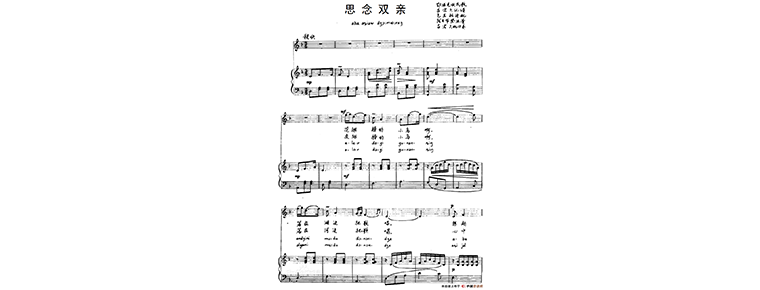
Ewenki Folk Songs
-
Zhongshan Park
Zhongshan Park is located in the south of the Forbidden City (Palace Museum) in the center of Beijing, west of Tian'anmen, and separated from the Palace Museum.
Views: 133 Time 2018-12-22 -
Floral water bay hot spring resort
Huashuiwan Hot Spring Resort is located at the foot of Xiling Snow Mountain in Dayi County, Chengdu, Sichuan Province, surrounded by mountains on all sides. National AAAA scenic spot.
Views: 245 Time 2019-01-17 -
The Old Site of Zaoyuan Revolution
Zaoyuan is located 8 kilometers northwest of Yan'an City. It is a garden-like revolutionary memorial. There are many kinds of flowers, plants and trees growing in it. The scenery is beautiful and the
Views: 205 Time 2019-03-09 -
Flower Huaer
"Huaer" is a folk song created and shared by Han, Hui, Tibetan, Dongxiang, Baoan, Sarah, Tu, Yugu and Mongolian nationalities in Gansu, Qinghai and Ningxia provinces in Northwest China.
Views: 139 Time 2019-05-04 -
Qiang sheepskin drum
Sheepskin drum dance, known as "Monasha", "Moldasha" or "Buzila" in Qiang language, is a kind of sacrificial dance performed by "Shibi" in legal activities, als
Views: 205 Time 2019-06-10 -
Shaoxing Xuanjuan
Shaoxing Xuanjuan is a traditional rap art with religious color, which is mainly used to worship gods and pray for blessings. Since Tang Dynasty, it has developed into folk art in Qing Dynasty. The So
Views: 197 Time 2019-06-14 -
Production Techniques of Yuping Xiaodi
Yuping Xiaodi is made of a special bamboo as raw material through four processes: material taking, blank making, carving and finished product. The manufacturing process is complex and all of them are
Views: 175 Time 2019-07-16 -
Beijing Normal University
Beijing Normal University is a key university directly under the Ministry of education. It is a famous university characterized by teacher education, educational science and liberal arts basic subject
Views: 192 Time 2019-09-06 -
Hefei University
hefei university (Hefei University), located in Hefei, the capital of Anhui, is a common higher education institution jointly organized by the state and local governments and cities and municipalities
Views: 184 Time 2019-11-13 -
Neijiang medical and health
By the end of 2019, there are 3303 medical and health institutions in Neijiang, including 76 hospitals (56 private hospitals) and 3200 primary medical and health institutions. There are 25900 beds in medical and health institutions and 21100 health technical personnel,
Views: 349 Time 2020-12-16 -
Leshan medical and health
By the end of 2018, Leshan City had 3259 health institutions (including village clinics). Among them, there are 102 hospitals, 207 health centers, 12 maternal and child health centers (stations, stations), 12 centers for Disease Control and prevention, 12 health
Views: 347 Time 2020-12-17 -
Nanchong medical and health
By the end of 2019, Nanchong has 8457 medical and health institutions (including village clinics), including 166 hospitals and 8250 primary medical and health institutions. The number of beds in medical and health institutions was 43726, an increase of 4.9% over 2018
Views: 331 Time 2020-12-17
